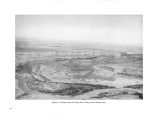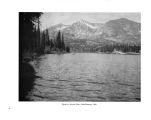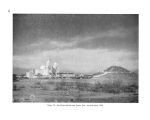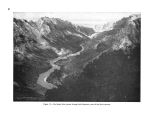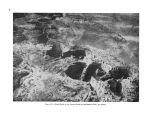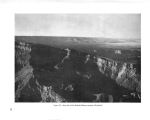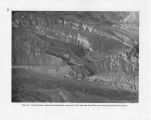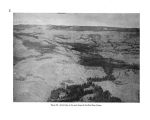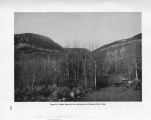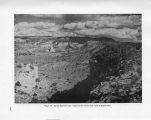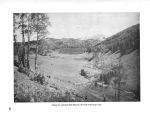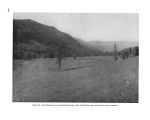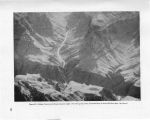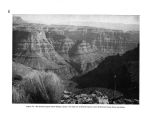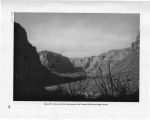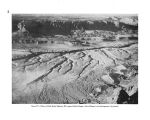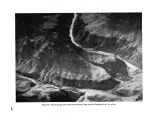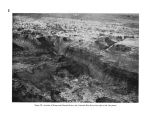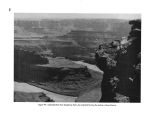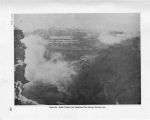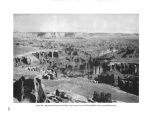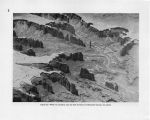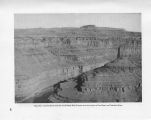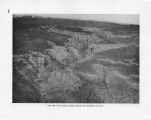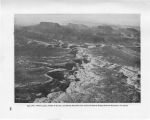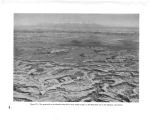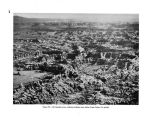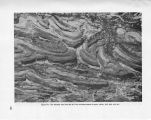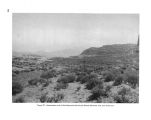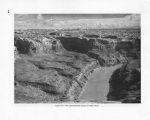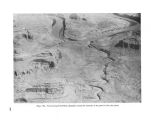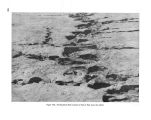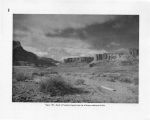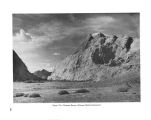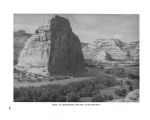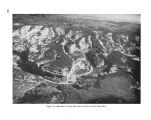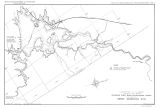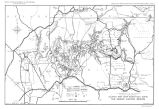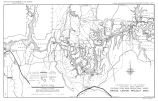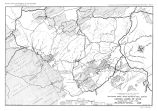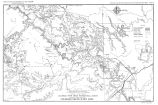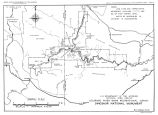| OCR Text |
Show tending even to the summits of the lower desert mountains. Snow is light or absent, and the summers are warm. Total annual rainfall usually is from 10 or 12 to 18 inches, occasionally more, and annual mean temperatures are between 50° and 65° F. The Upper Sonoran Zone is typified by the seemingly endless foothill and mesa regions, sparsely covered with junipers ( 3 species) and pifion pines, that comprise vast areas in the Colorado River Basin. The zone is practically coextensive with these trees wherever they occur but is by no means restricted to such areas. It includes also extensive regions formerly covered with nutritious grasses where soil and moisture are too meager for pinons and junipers; also the alkali plains, sagebrush flats, and parched wastelands of the Upper Green River Valley and Red Desert in Wyoming, the sandstone barrens in the Canyon Lands of Utah, and the shortgrass and alkali plains of the Little Colorado River. Some parts of the Upper Sonoran Zone that have a slightly greater rainfall and higher mean temperature than the pinon- juniper region support an extensive belt of scrub oaks. 5 Growing conditions seldom are favorable enough to permit these scrub oaks, which comprise several species, to become full- sized trees. Usually they are low, spreading shrubs that form dense thickets covering thousands of acres of foothill country. The Upper Sonoran oak brush is prevalent in the disconnected chain of foothills and low mountains south of and paralleling the Mogollon Plateau in Arizona, and is well exemplified in Kirkland Valley and the hills south of the town of Prescott. It also occurs, though apparently less extensively, in some comparable foothill areas of southeastern Utah and southwestern Colorado, such as the Abajo Mountains. 6 Additional plant indicators are the sycamore, boxelder, greasewood, hackberry, cliffrose, silktas- sel, rabbitbrush, winterfat, and antelope brush. Mammal indicators include several species of small 5Nichol, 1937, p. 183. 6 Many ecologists separate the scrub oak belt from the pinon- juniper area, which more commonly denotes the Upper Sonoran Zone. Such a subdivision is entirely justifiable for local studies, but the climatic differences are relatively minor, and a large number of animal life zone indicators are common to both, so that for broad descriptive treatments of climate in such large areas as the Colorado River Basin, the old system of combining them into one zone is retained here for simplicity's sake. rodents, shrews, and bats which are not listed here because of the difficulty encountered by the average person in distinguishing these species from quite closely related animals inhabiting adjacent life zones. Such a list would be of practical use only to the technical worker, who can readily obtain such information elsewhere. Bird indicators also are numerous, but, as in all of the life zones, only those are given this status that are known to nest in the zone in question. After nesting season, most of these birds spread into adjacent life zones, so that here again, a list of breeding birds would be of little help to any but the technical worker. The few birds that are listed as indicators elsewhere in this outline are believed to be year- round residents of the zone concerned. The pifion jay probably comes the closest of any bird to being a year- round resident of the Upper Sonoran Zone, but even this species wanders briefly into other regions. Lower Sonoran Zone.- This, the last and lowest of the Colorado River Basin life zones, is the hot southern desert zone. It extends from Mexico northward into Arizona as far as the highland barrier formed by the Grand Wash Cliffs and the previously described chain of foothills and low mountains that parallel the Mogollon Plateau and White Mountains. It completely surrounds many of the southern desert mountains as an ocean surrounds an island, particularly in the southeastern part of the State, while other mountains of lesser height, including the many low ranges of southwestern Arizona, are completely submerged by it. This zone occupies the Salton Sea region ( among other places) of California and extends long fingers into the lower valleys of southern New Mexico. It occupies the desert plains and valleys of southern Nevada and extends a dilute arm for a short distance into the adjacent Virgin River Valley of southwestern Utah. Another dilute extension of the zone threads its way up the Colorado River, deep beneath the surrounding land surface, between the sheer, heat- refiecting walls of the Grand Canyon. It extends briefly at the lower end of the Little Colorado River Valley in the vicinity of Cameron, and in the lower Paria and Wahweap Valleys above Lees Ferry. Snow is practically absent, and annual precipitation averages from lk^ to 12 or 15 inches. In some 10 |




























